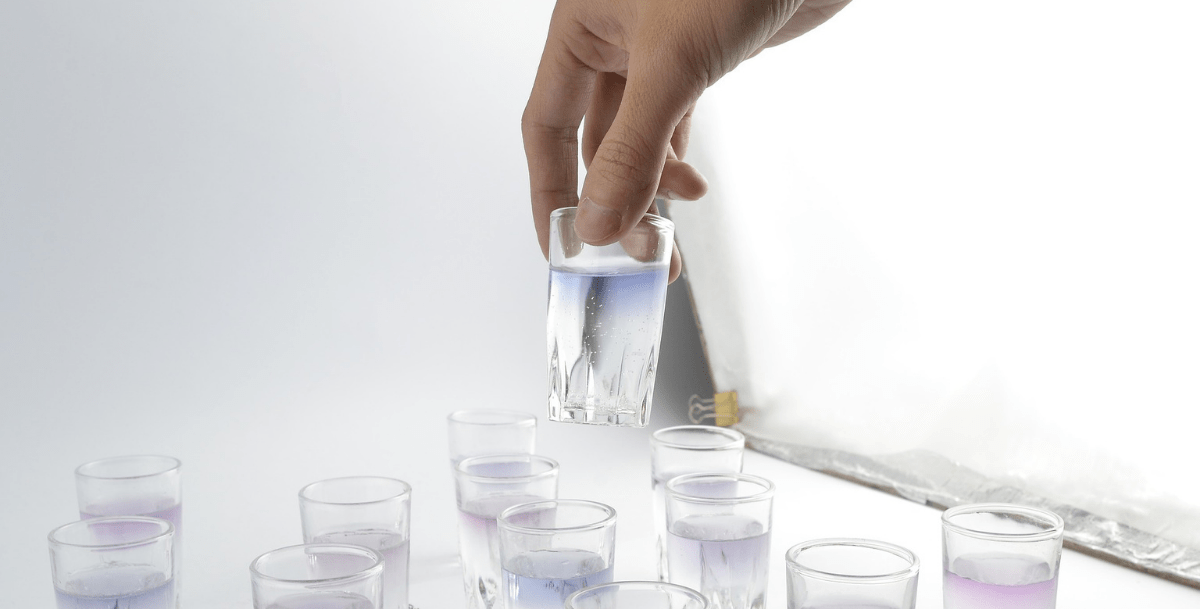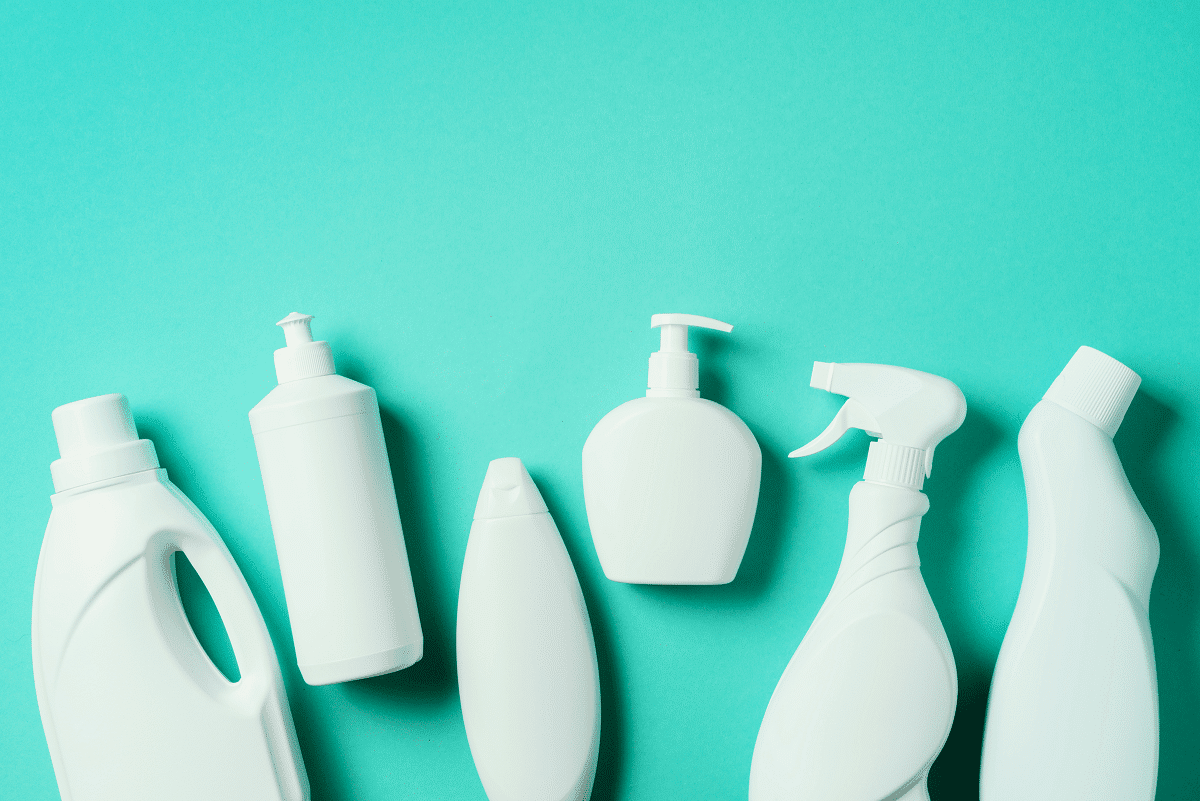Epoxy resins are generally used in various industries for their strong adhesive properties, chemical resistance, heat resistance, and versatility....
Blog


CHEMICAL INDUSTRY NEWS
Chemical Chat – Discover What’s New!
Getting to Know Naomi Davis
Naomi Davis is a student at the University of Central Florida, studying social work. She is one of Ecolink’s six $500 scholarship recipients. We...
Is Turpentine The Same As Mineral Spirits
Is turpentine the same as mineral spirits? No, it is not. While turpentine and mineral spirits may share some similar applications they are...
“Clean Ideas Start With Me” – Naomi Davis
“99.9% effective at killing illness-causing germs and bacteria”. But at what cost? Surely many of us have had this...
Getting to Know Naomi Davis
Naomi Davis is a student at the University of Central Florida, studying social work. She is one of Ecolink’s six $500...
Company News

Managed Services
Discover the Latest in Safe and Sustainable Chemical Solutions
Stay informed with Ecolink’s blog! Subscribe now
Chemical Management Information
Stay updated with us
Sign Up for the Latest Updates
Stay informed about chemical supply chain disruptions and emerging innovations to keep your business at the forefront of efficiency and innovation. Uncover new ways to make your business practices more sustainable by incorporating safer products into your cleaning lineup.


























